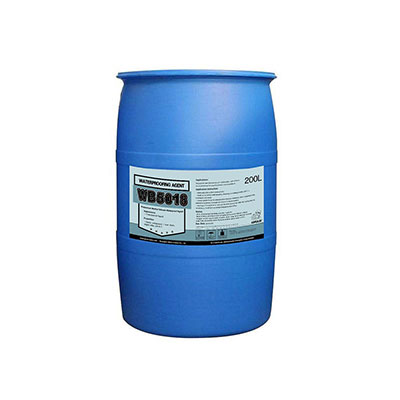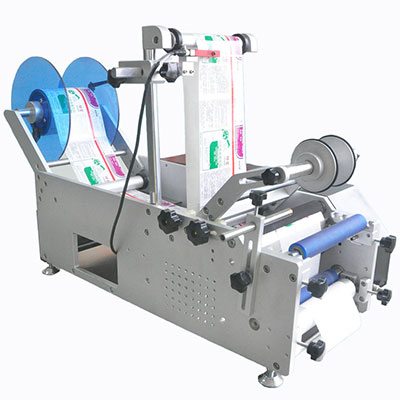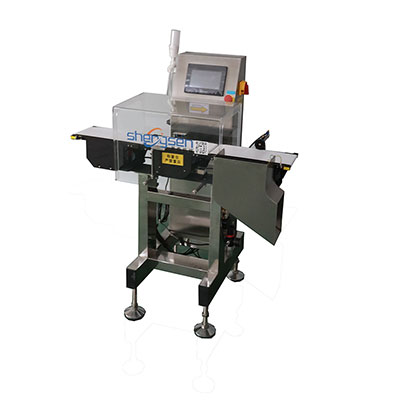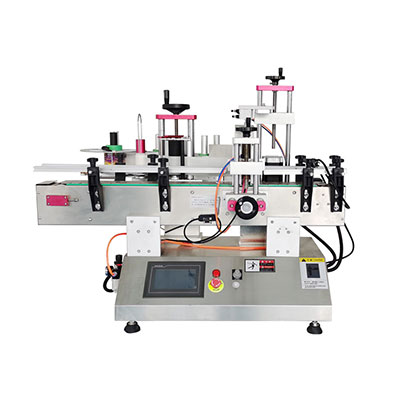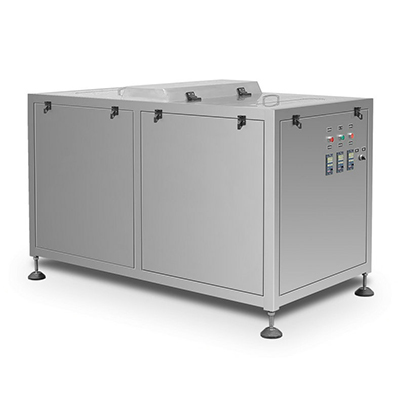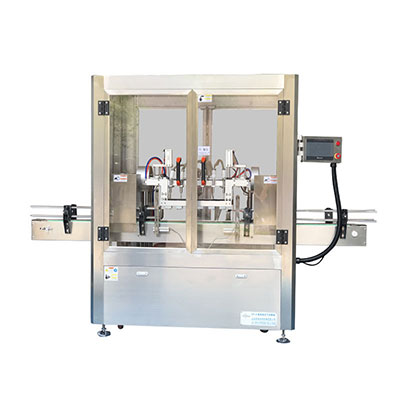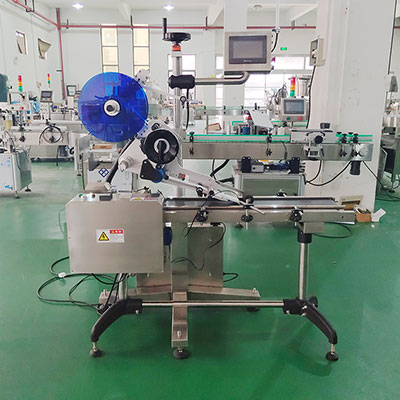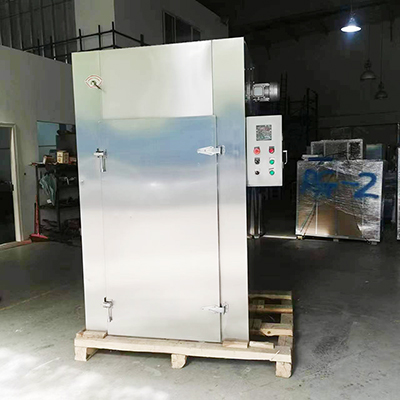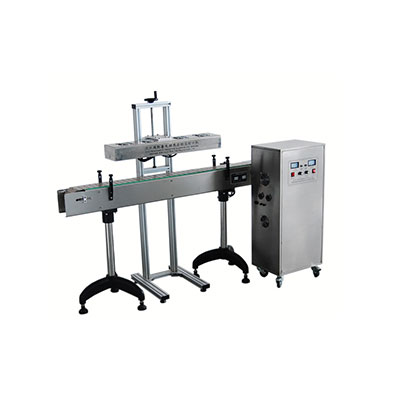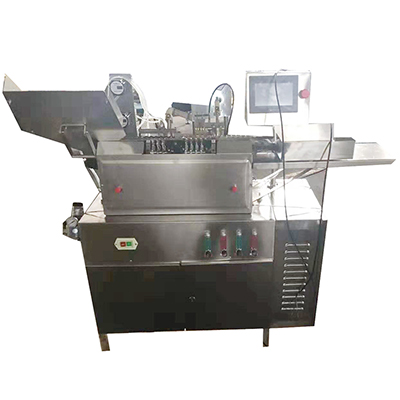Organic Compound Fertilizer Production Line
Through the several years of study and the introduction of foreign microbial fermentation technology, combined with China's soil, crops, climate and other conditions, our company successfully accomplishes the production process and complete set of equipment for the sludge treatment to produce organic fertilizer. After the sludge treated technically by our company, it is made into a composite organic fertilizer, granular fertilizer is neat , the organic and inorganic nutrition which plants need is adequate, and which is easy for all kinds of plants to absorb, improving crop yields by more than 10%, and loosening the soil and improving the soil texture. This will have a significant role in the fertilizer industry. In order to sustainable development, China has established a large number of sewage treatment plants, but each sewage treatment plant has produced a large number of sewage sludge, which has brought a new problem to the sewage treatment plant. Before a large number of sludge transported to landfill, and again the volume of transport and landfill site is increased. Due to the water content of sludge after the centrifuge treatment is about 80%, as has brought difficulty to the continuous landfill. If by means of incineration, then coke will also be used, thus the energy consumption is greater, and the waste produced after the burning has no utilization value.
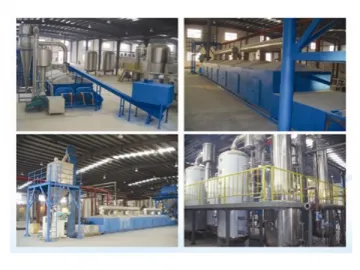
Our country currently has some sewage treatment plants, where the sewage is stacked and dried, then through being crushed, the inorganic elements are mixed to become organic fertilizer, but due to backward technology, poor efficiency the particles are not complete. The process is complex, and there is no complete production process and equipment. Currently in the world Canada is the earliest to make waste slurry into the organic compound fertilizer (C.F.O.HDTdings.corp), in which the technology of EATAD is provided, using thermophilic microorganism fermentation technology, producing organic fertilizer with high efficiency. The technology has been identified to meet the technical standards by Canadian government. The fertilizer efficiency is remarkable, and the products have been sold for many years, as provides a very efficient way for the sustainable development of the sewage treatment plants.
Our company through several years of research, and the introduction of foreign microbial fermentation technology, combined with China's soil, crop and climatic conditions, successfully completed the sludge treatment of organic fertilizer production technology and complete sets of equipment. After our company’s technical treatment to the sludge, now it has been made into a composite organic fertilizer, which is a kind of neat granular fertilizer, organic and inorganic nutrition that plants need is adequate, and they are easy to be to absorbed by all kinds of plants, therefore crop yields may be increased by above 10%, and the soil can be loosened, and the soil texture can be improved.This will effect an important role in the fertilizer industry . Our company has won two national invention patents.
One. Urban sewage sludge
Municipal sewage sludge is the main body in sewage sludge, which takes the largest amount of treatment and also the highest value to utilize.For the ordinary urban sewage sludge, the heavy metal content in it does not exceed the standard, and no need for heavy metal treatment. Municipal sludge contains 45% of organic matter, which after the fermentation can be made into nutrients that plants can easily absorb , and then the nutrients can be added with nitrogen, phosphorus, potassium and other trace elements required by plants.
Its technological process is as below:
Two. Industrial sludge
Due to most of the industrial sludge from chemical plants has a high content of heavy metal and need chemical-dosing treatment, but the treatment cost is too high, and the utilization value of the sludge is not high, so in general incineration should be selected. If heavy metal and other material has the utilization value, then the sludge can be processed for the recovery of heavy metals.
Links:https://www.globefindpro.com/products/54493.html
-
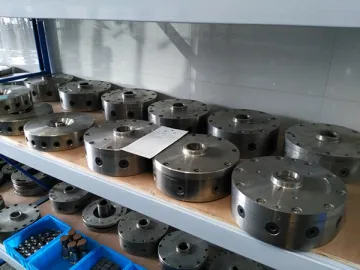 Rotary Atomizer
Rotary Atomizer
-
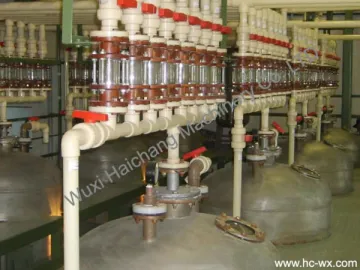 Stevia project
Stevia project
-
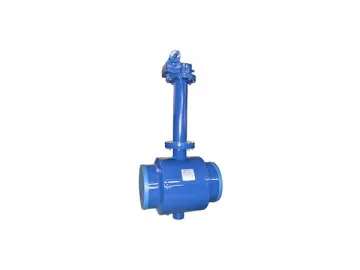 Extended Stem Trunnion Ball Valve DN350-DN1400
Extended Stem Trunnion Ball Valve DN350-DN1400
-
 Aerosol Valve for Carburetor Cleaner
Aerosol Valve for Carburetor Cleaner
-
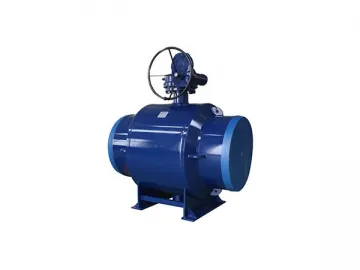 Trunnion Ball Valve DN350-DN1400
Trunnion Ball Valve DN350-DN1400
-
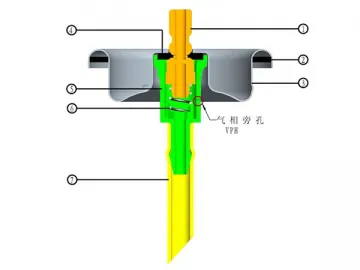 Aerosol Valve for Mould Release Spray
Aerosol Valve for Mould Release Spray
-
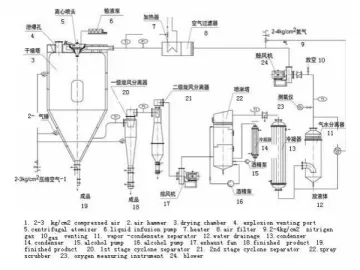 Closed Cycle Spray Dryer
Closed Cycle Spray Dryer
-
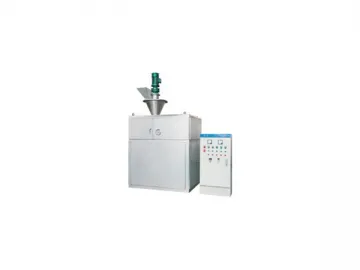 Roller Compactor / Dry Granulator
Roller Compactor / Dry Granulator
-
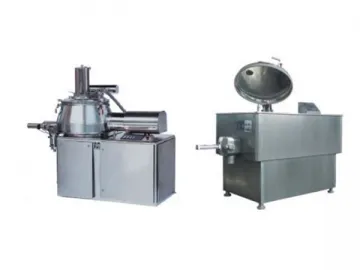 High-Speed Damp Mixing Granulator
High-Speed Damp Mixing Granulator
-
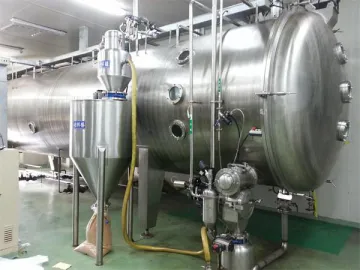 Continuous Vacuum Belt Dryer (for Liquid)
Continuous Vacuum Belt Dryer (for Liquid)
-
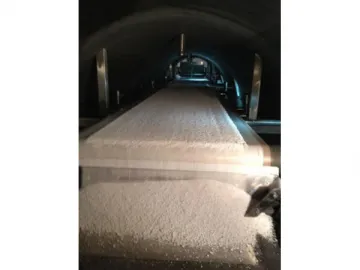 Continuous Vacuum Belt Dryer (for Solid)
Continuous Vacuum Belt Dryer (for Solid)
-
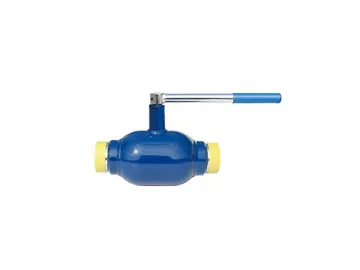 Full Bore Floating Ball Valve DN15-DN150
Full Bore Floating Ball Valve DN15-DN150
